The curious incident of the vanishing glasshouses: Country Life's photographs are all that remains of these awe-inspiring structures
The ‘winter garden’ and the ‘terraced grounds of exquisite beauty’ were two of Cherkley Court’s featured attractions. They were advertised for sale in Country Life in 1910 — and then they vanished.
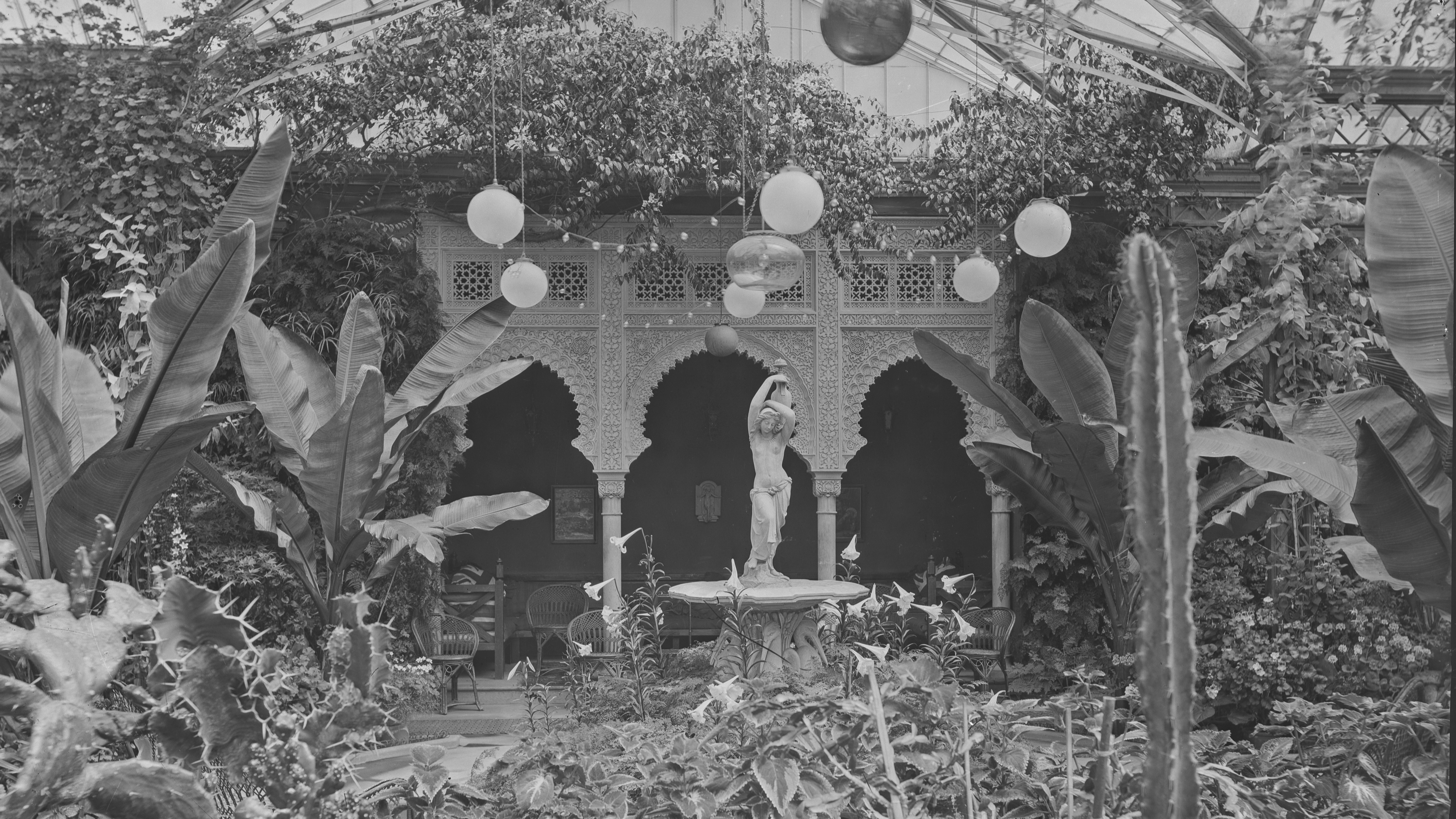

Cherkley Court had been the later-life project of its recently-deceased owner Abraham Dixon — a hugely-successful Birmingham businessman specialising in the somewhat incongruous production and export of cutlery and guns. He retired to the Surrey Hills in about 1860 after his health ‘broke down’.
Here, the philanthropic and charitable Dixon found peace in retirement, using some of his vast wealth to create a personal utopia (other parts of his wealth went to funding the Homeopathic Hospital and Dispensary in Birmingham and many local charities). Even after a devastating fire caused by a lightning strike in July 1893 — which gutted the vast majority of his entire home — Dixon was undeterred. The man himself, then in his late seventies, was: ‘somewhat scorched in the face’ from fruitlessly trying to extinguish the blaze, but his love for the area and his home and gardens was not to be deterred by a mere fire and some crispy whiskers.

His passion to continue might have been fuelled by the remarkable fact that his spectacular glasshouses had been spared. With no time to lose, he instructed architects and builders to reimagine his property. Work began in September of the same year, with a report in the Surrey Advertiser stating completion had been estimated for May 1894. By the time Country Life visited, in 1900, you would never have known such devastation had occurred.
The photographer commissioned by Country Life lavished most of their time and effort on the glasshouses. This must have been an incredibly tricky assignment; the humidity within the vast structures would have played havoc with fogging not only the camera lens, but also the glass plate negatives. On the upside, the sheer amount of natural light would have meant that the negatives would not have needed to have been exposed for very long.
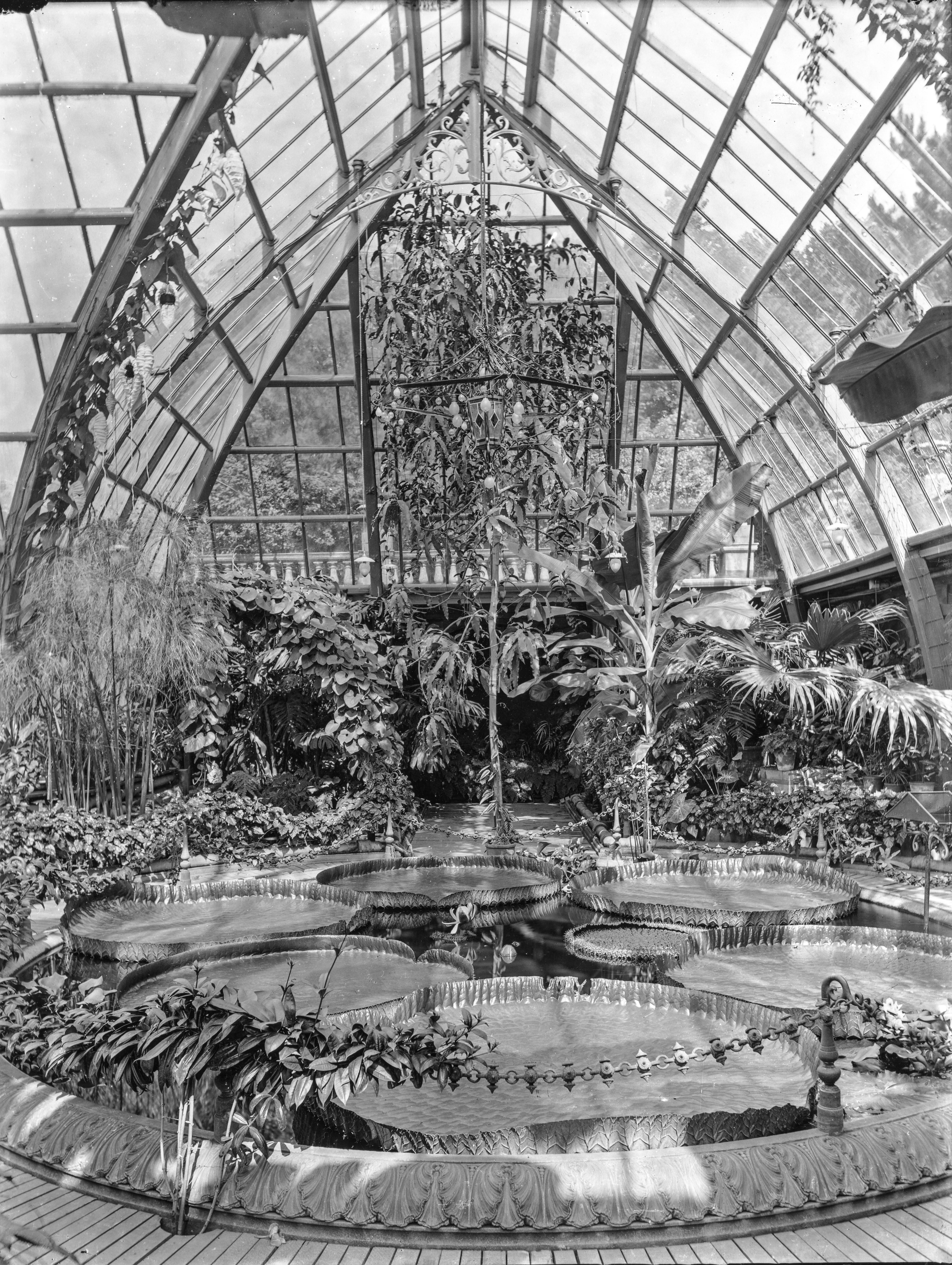
The Victoria Regia humid greenhouse with its gigantic Victoria Amazonia water lily pads.
The most jaw-dropping was the Victoria Regia, a purpose-built, heated and electrically lit home — installed for Dixon’s mammoth Victoria Amazonica specimen. Though not fully grown when photographed, its leaves measured well over 7ft in diameter, and could support the weight of a small child — a feat apparently photographed, sadly before Country Life’s time, in the 1880s. The only other known contemporary examples of the South American giant water lily, in the UK, were housed at Chatsworth and Kew.
Glass dome lights, hanging from its arched ceiling, threw out a myriad colours, and were also employed in the striking conservatory, featuring a Classical-style pool and a backdrop that echoed the Moorish architecture of the Alhambra. Though photographed in black-and-white, at the tail end of Queen Victoria’s reign, the space would arguably not look out of place in the 21st century, unsullied as it was by the hallmark fussiness of the great queen’s era. Giant banana plants grew proud alongside all manner of cacti (some look entirely lethal), lilies, Begonia Rex and soft and scented pelargoniums.
Following Dixon’s death in 1907, and subsequently that of his wife, Margaret in 1909, the house was bought for £30,000 by the Canadian newspaper magnate Max Aitken, 1st Baron Beaverbrook. The house witnessed a period of huge influence and prosperity, as its new owner wined and dined leading figures from the worlds of politics and finance, but the hugely extensive and expensive botanical collections… vanished. As Kathryn Bradley-Hole’s wonderful Lost Gardens of England book explains, there appears to be no record of what happened.
Exquisite houses, the beauty of Nature, and how to get the most from your life, straight to your inbox.
In time, the property, and small parts of Dixon’s gardens were transformed into Beaverbrook, a five-star hotel and spa. The glasshouses and their contents are still missing.
The Country Life Image Archive contains more than 150,000 images documenting British culture and heritage, from 1897 to the present day. An additional 50,000 assets from the historic archive are scheduled to be added this year — with completion expected in Summer 2025. To search and purchase images directly from the Image Archive, please register here
Melanie is a freelance picture editor and writer, and the former Archive Manager at Country Life magazine. She has worked for national and international publications and publishers all her life, covering news, politics, sport, features and everything in between, making her a force to be reckoned with at pub quizzes. She lives and works in rural Ryedale, North Yorkshire, where she enjoys nothing better than tootling around God’s Own County on her bicycle, and possibly, maybe, visiting one or two of the area’s numerous fine cafes and hostelries en route.
-
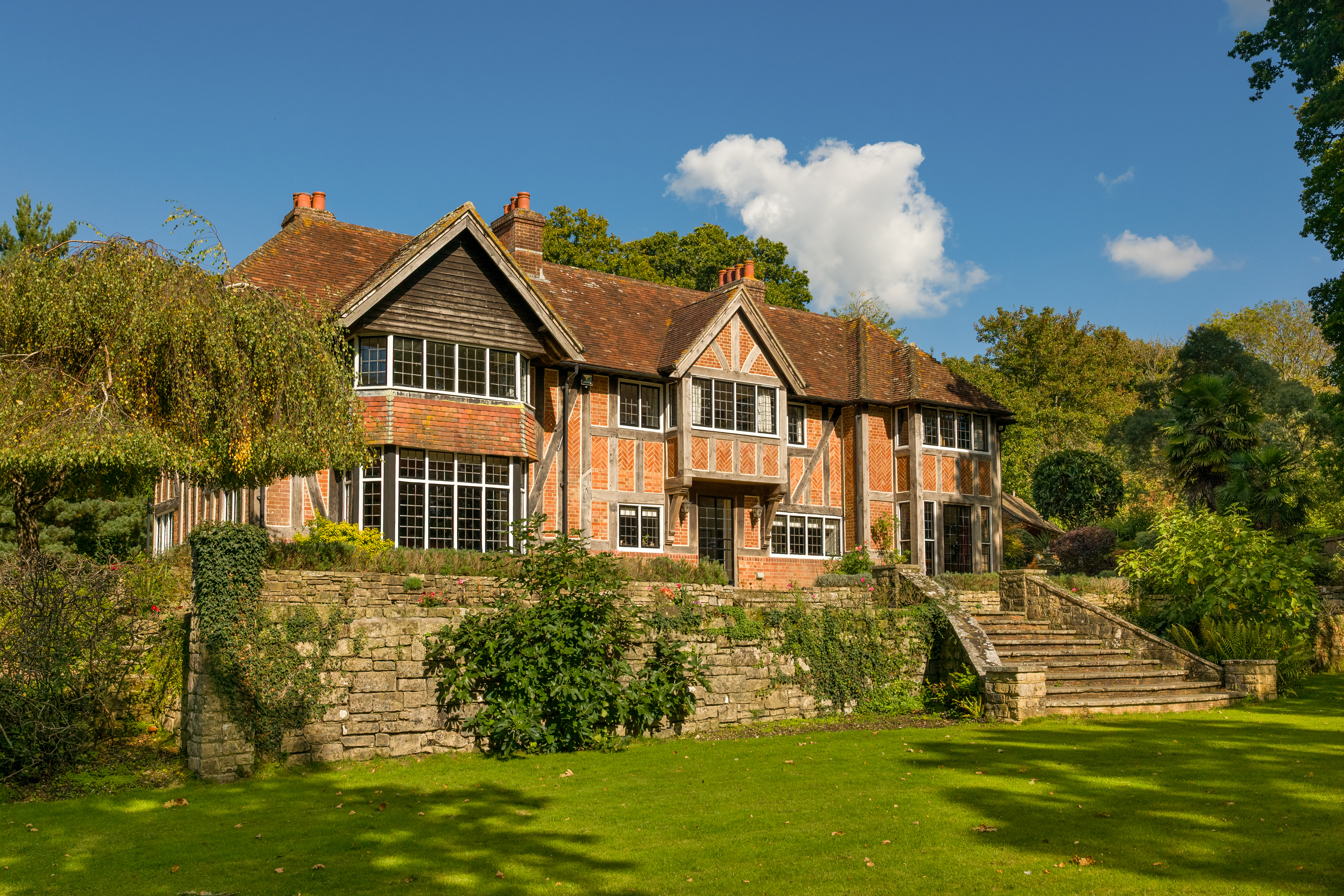 An Arts-and-Crafts home that sits in prime position in the most exclusive (and priciest) road in Hampshire
An Arts-and-Crafts home that sits in prime position in the most exclusive (and priciest) road in HampshireWith its own private jetty on the Beaulieu River, The Rookery is a rare and beautiful home. Penny Churchill takes a look.
-
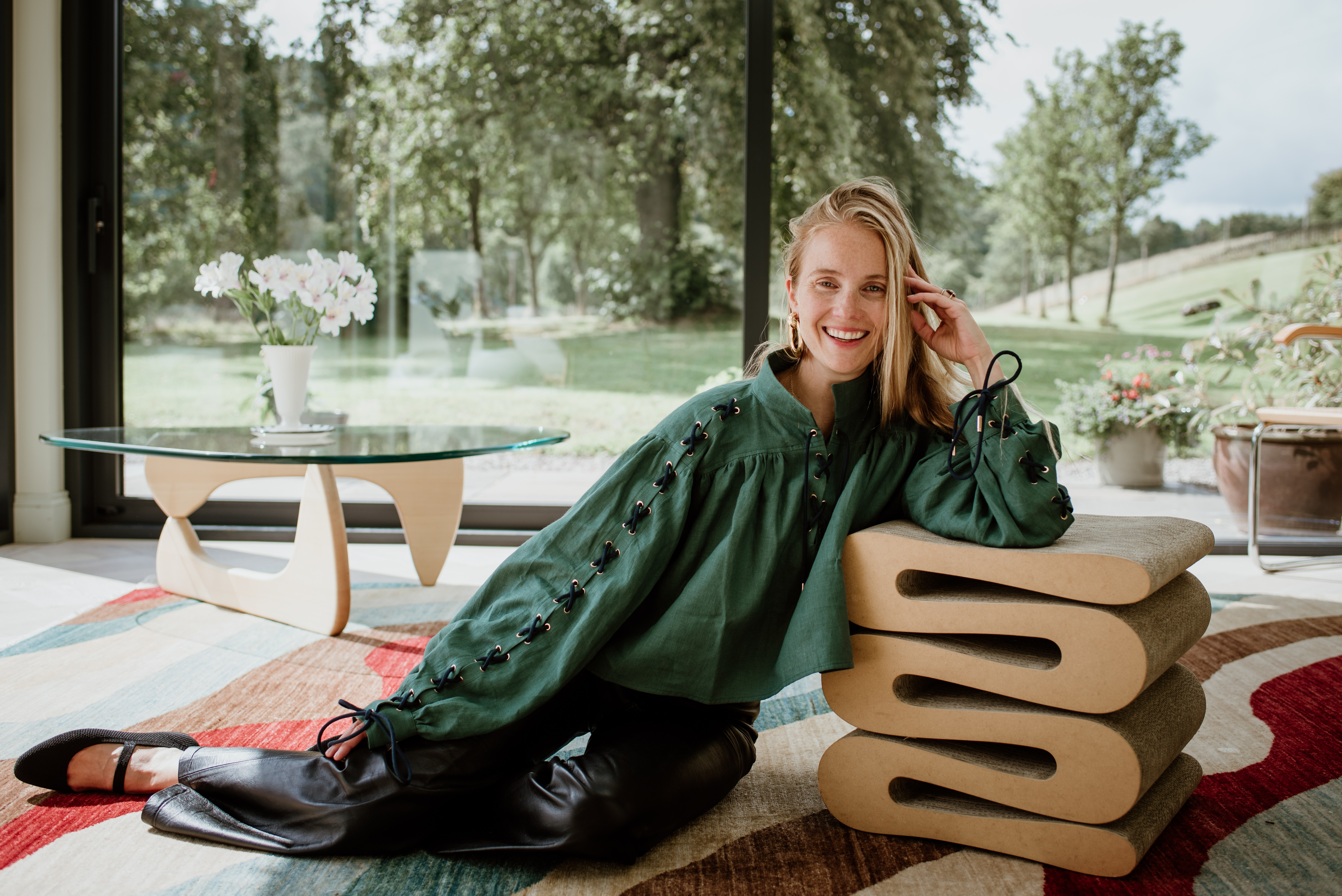 ‘I 100% always knew that I was going to do something creative’: Petra Palumbo on her design house, love of Scotland and consuming passions
‘I 100% always knew that I was going to do something creative’: Petra Palumbo on her design house, love of Scotland and consuming passionsThe London ‘It Girl’ turned Scotland-based designer makes tiles with men’s torsos and Henry hoovers on them, has a pug called Raisin and is married to the 16th Lord Lovat Simon Fraser. She chats to Lotte Brundle.
-
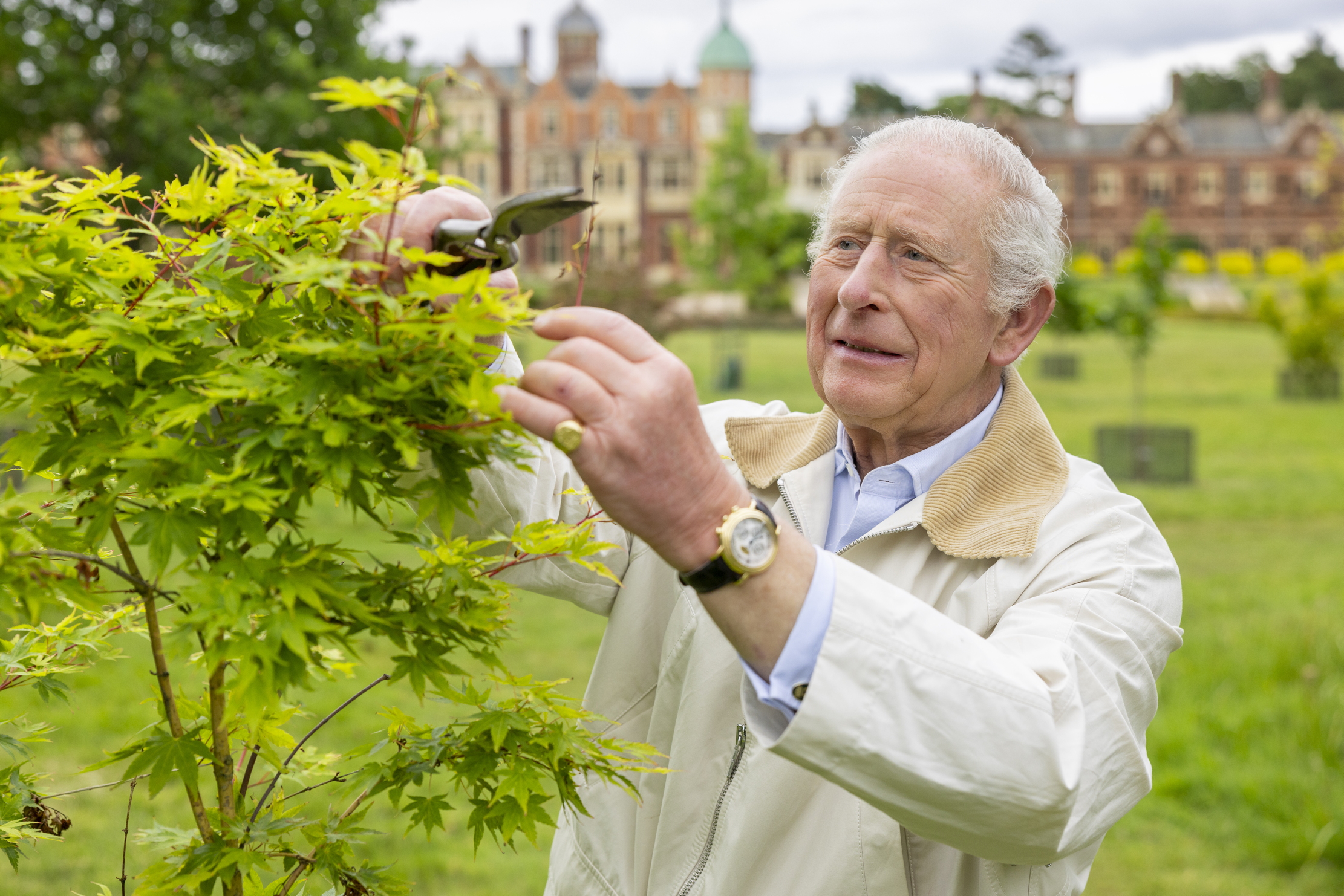 A royal success: The King's gardens at Sandringham
A royal success: The King's gardens at SandringhamIn only three years, The King has overseen a remarkable resurrection of the gardens and parkland at Sandringham. Charles Quest-Ritson visits
-
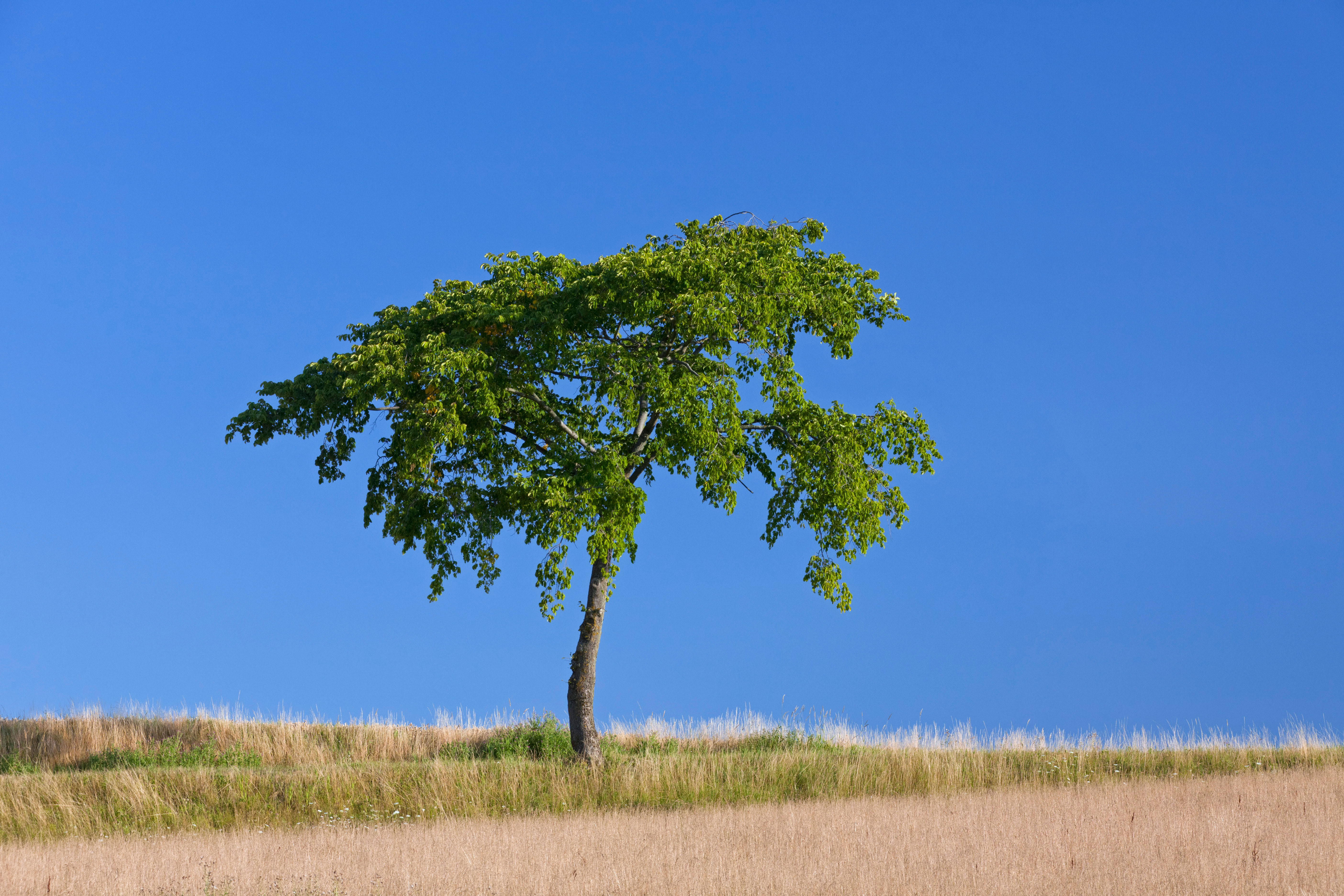 The trees that are as fine to eat as they are to look at
The trees that are as fine to eat as they are to look atMark Diacono doesn't grow many trees for the sake of the bounty they provide — but these are the notable exceptions.
-
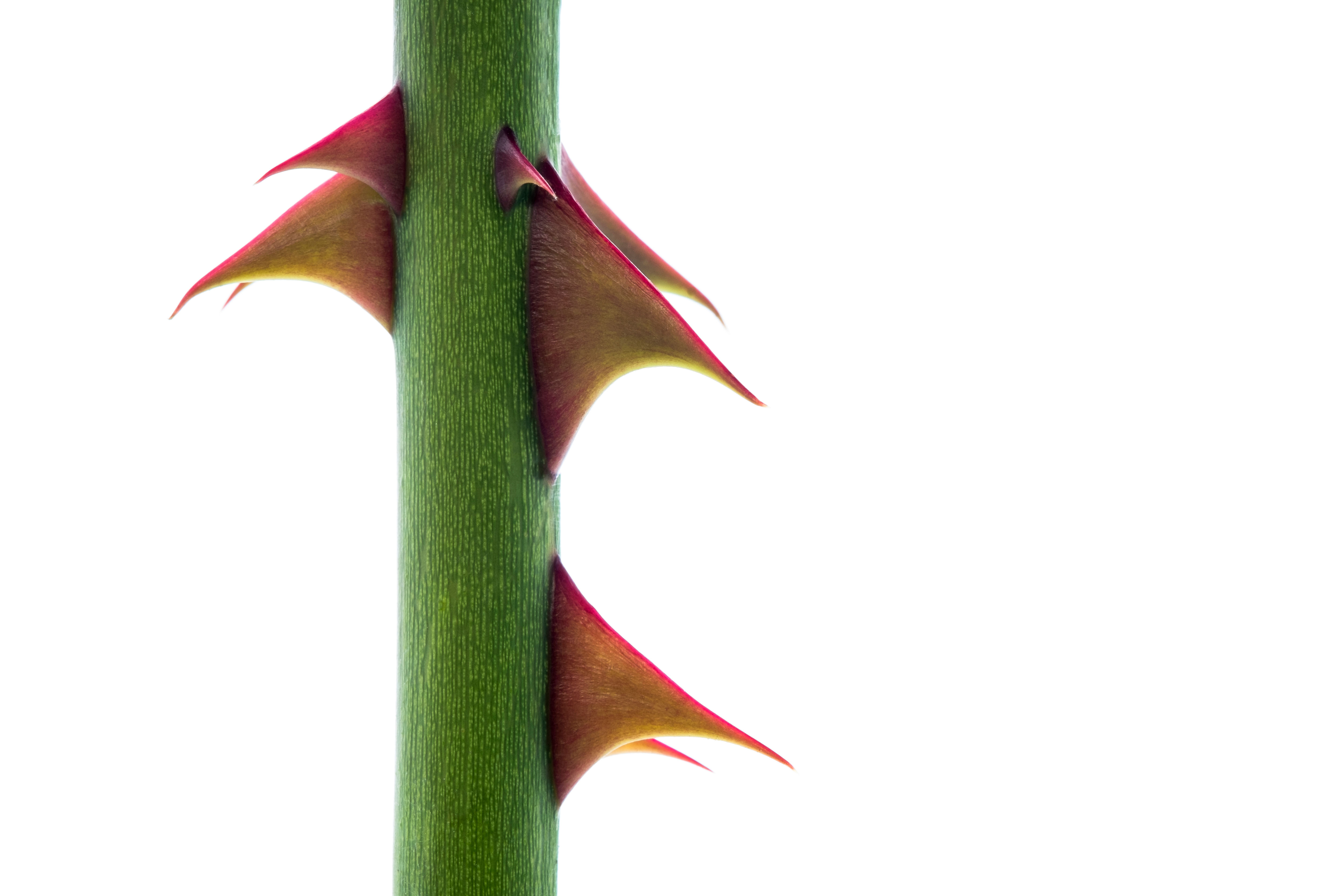 Bothered by brambles and snagged by sow thistles, but what is the point of all this thorny microaggression?
Bothered by brambles and snagged by sow thistles, but what is the point of all this thorny microaggression?Nature’s spiky deterrents — thorns, spines and prickles — may be quick to catch us out, but they can also prove to be a useful ally.
-
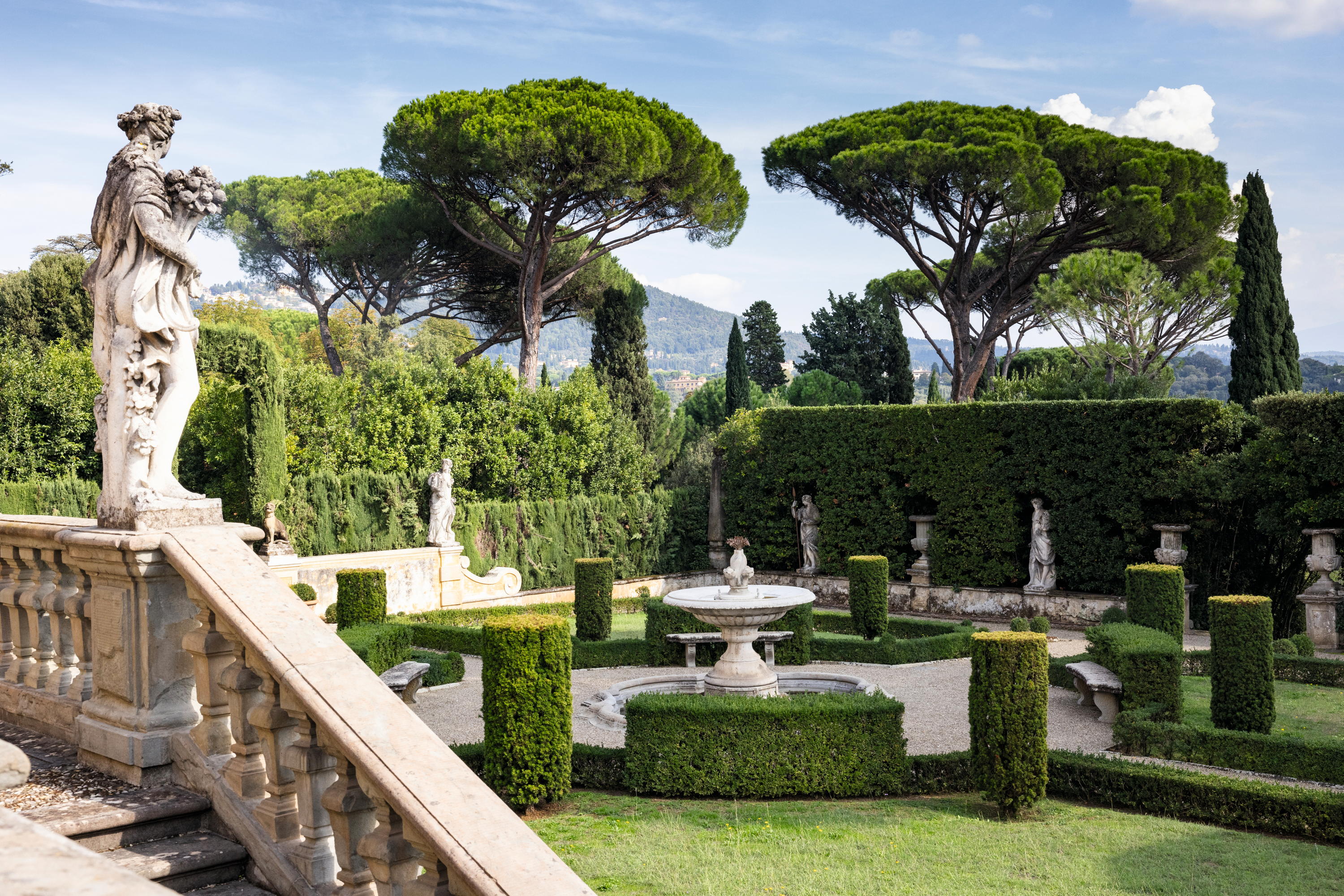 The Tuscan gardens where the English and Italian traditions come together, and Yorkshire rhubarb grows happily beside spectacular citrus
The Tuscan gardens where the English and Italian traditions come together, and Yorkshire rhubarb grows happily beside spectacular citrusNick Dakin-Elliot, who gardens in Tuscany, is still moved by the Italian hilltop gardens that command some of the most beautiful views in the world.
-
 'My family wore wool at a time when everyone else had cast it off in favour of manmade fabrics': The knitwear pioneer who is one of David Beckham's countryside champions
'My family wore wool at a time when everyone else had cast it off in favour of manmade fabrics': The knitwear pioneer who is one of David Beckham's countryside championsJulie Harding speaks to Rachel Carvell-Spedding the founder of British knitwear brand Navygrey, and one of David Beckham's countryside champions.
-
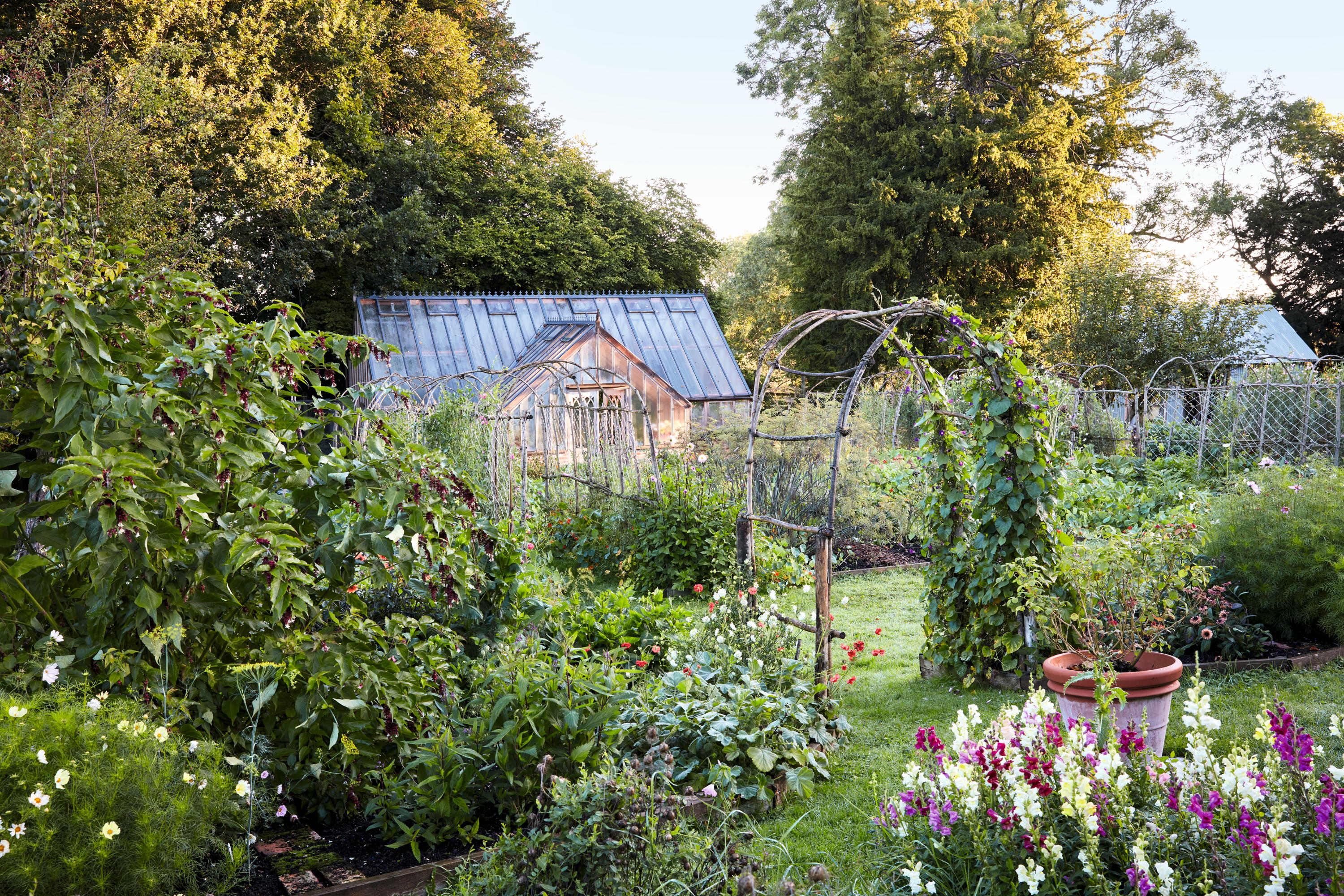 James Alexander-Sinclair: Making a new garden for someone is 'thrilling', but we need more sensitive and skilled gardeners to look after them
James Alexander-Sinclair: Making a new garden for someone is 'thrilling', but we need more sensitive and skilled gardeners to look after themPay your gardeners properly, says James Alexander-Sinclair as, without them, you will have no garden.
-
 'Seeing the work that people are doing all around the world has given me hope for the future': The young naturalist who is one of David Beckham's countryside champions
'Seeing the work that people are doing all around the world has given me hope for the future': The young naturalist who is one of David Beckham's countryside championsJulie Harding speaks to Ramandeep Nijjar, a young naturalist who has made an impact on the world even before finishing university, and one of David Beckham's countryside champions.
-
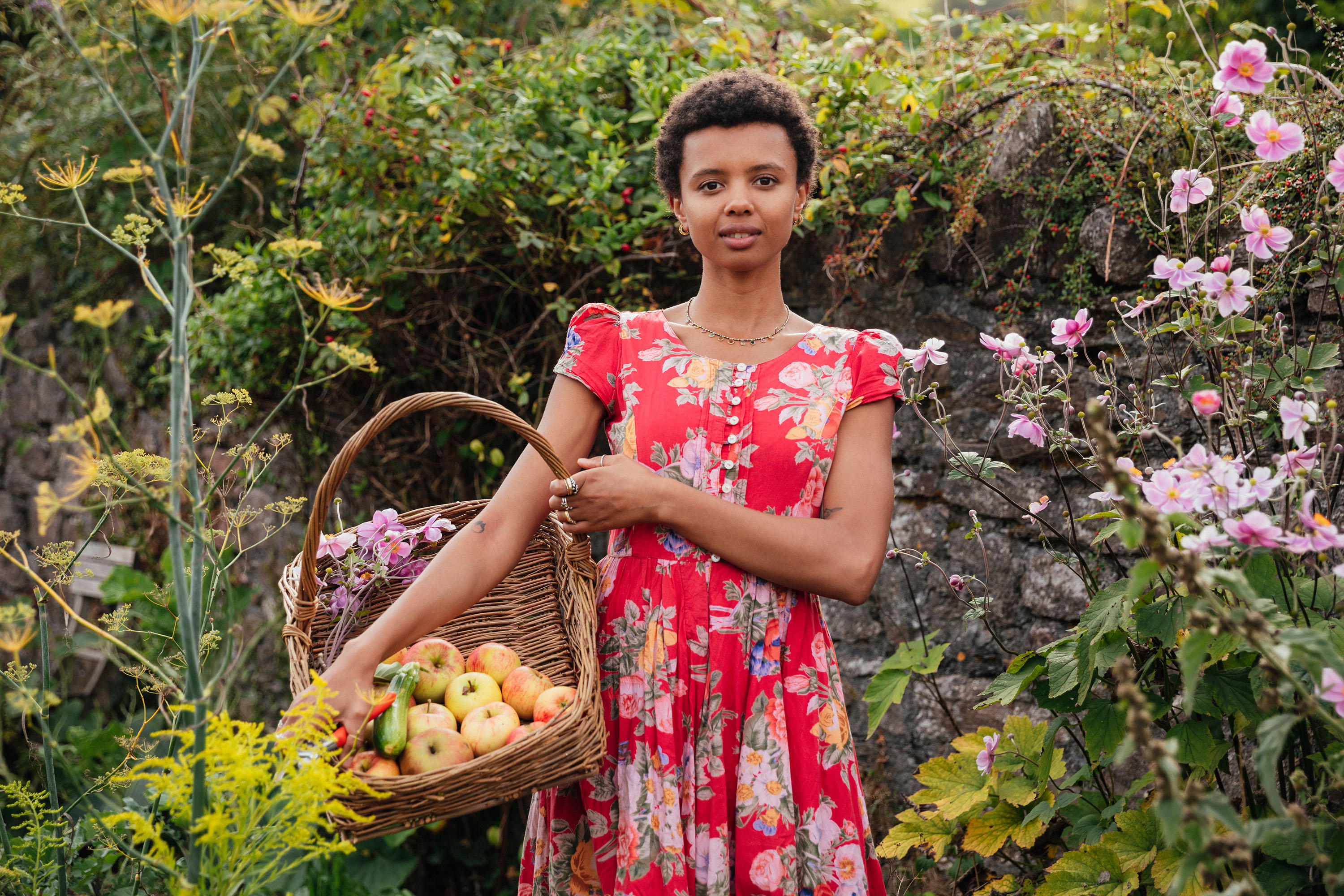 Poppy Okotcha, the model turned gardener who is one of David Beckham's countryside champions
Poppy Okotcha, the model turned gardener who is one of David Beckham's countryside championsPoppy Okotcha, the 29-year-old ecological community grower, garden content creator, author — and also one of David Beckham's countryside champions — speaks to Julie Harding.
